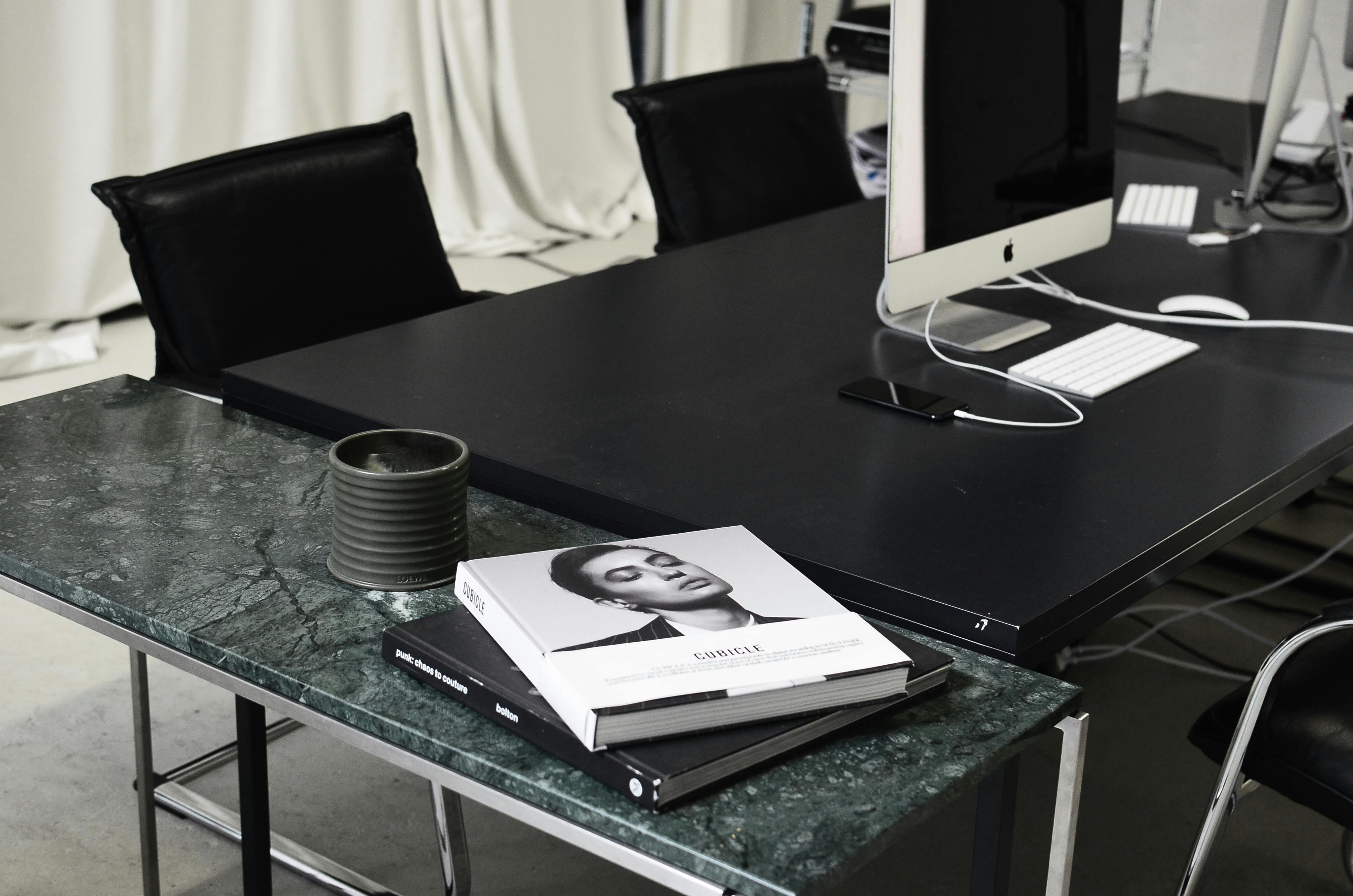Conceptual Designs
Design concepts are a framework setting the intention and idea behind a visual plan. They happen at the very beginning of the design process, before defining specific details, like the exact illustration style and particular color choices.
When creating a new product, the concept design stage is crucial for assessing whether it has potential and is worth developing further. A good concept design will clearly state what the product will do, what its underlying purpose is, and how it will meet user needs. It will also consider the resources required for formulating, designing, executing and marketing the final product.

To create a conceptual design, team members can use brainstorming techniques, such as free association or mind mapping, to generate ideas for the product or project. It is important to carefully filter the results of a brainstorming session so that all the best ideas can be grouped together into a clear and concise statement. This will then be used as the foundation for the design, and can help to shape all the other elements of a product.
What Are Conceptual Designs?
In the case of an architect building a house, a conceptual design will establish the size and shape of the property. This phase will involve the architect getting as much information as possible about the property, and then considering all viable options for creating a code-compliant structure that is aesthetically pleasing and fits the client’s style. Communication from the client is key during this stage.
A concept design is also the perfect opportunity for an architect to get feedback from the client, so that they can make any necessary changes before proceeding with the detailed design stage. This will ensure that the design is in line with the client’s vision, and will ultimately result in a more successful finished product.
Another benefit of the concept design phase is that it allows the architect to evaluate the underlying costs of the project before committing to any further work. This will give them a better understanding of the final product’s price point, and may help them negotiate with their clients.
Design concepts can be in the form of rough sketches or a wireframe. Sketches can be very simple, and only need to provide a basic layout of the site or app’s UI. Wireframes are a bit more detailed, and can include some of the functionality that will appear on the screen. They can also be in the form of a prototype, which is a physical representation of the app or website.
When presenting a design concept, it is important to explain to stakeholders that it is far from the final product and should not be compared to similar products that have undergone many iterations before reaching the market. It is also crucial to make sure that the design concept reflects the brand’s overall style, and that it is in line with the company’s branding guidelines. The conceptual design should also be research-backed, so that it has a solid background to support it.



